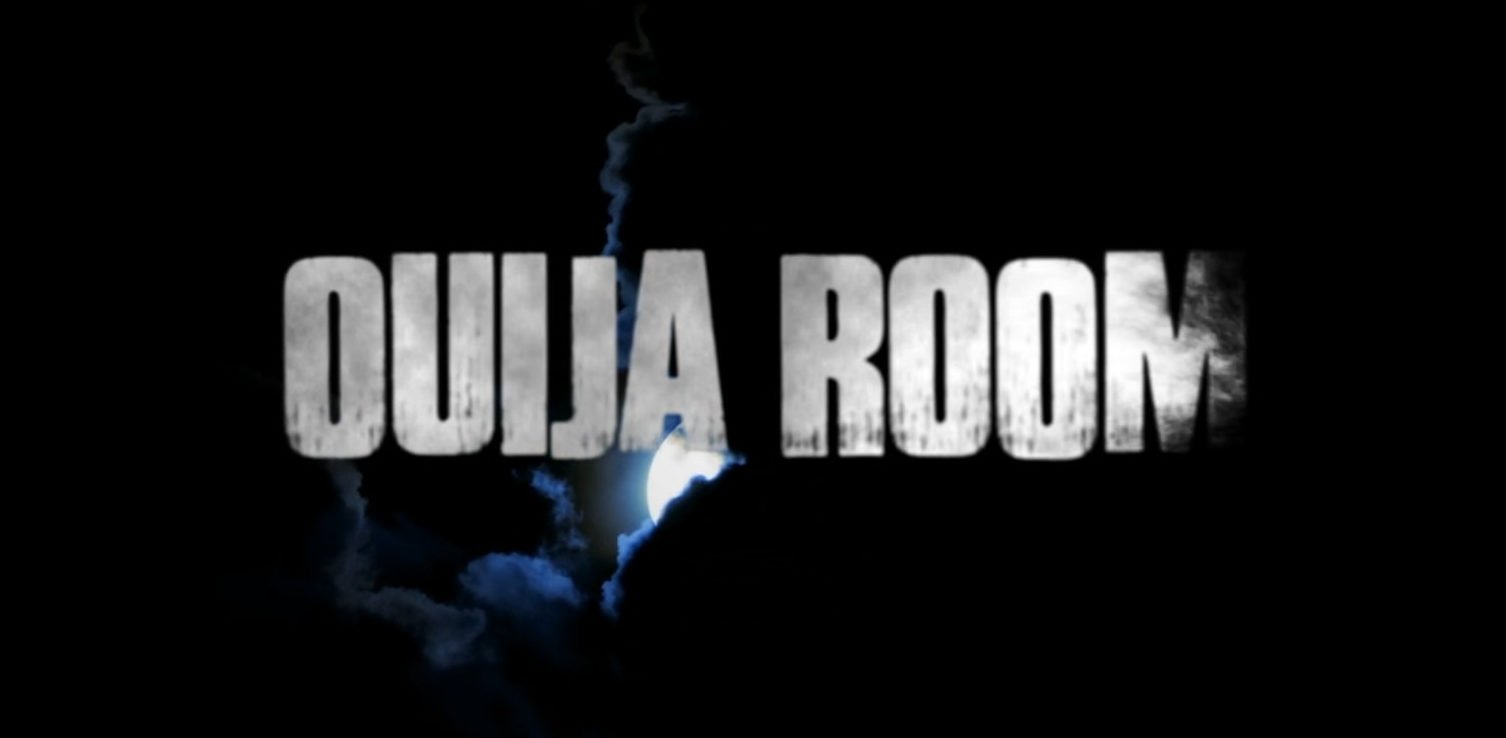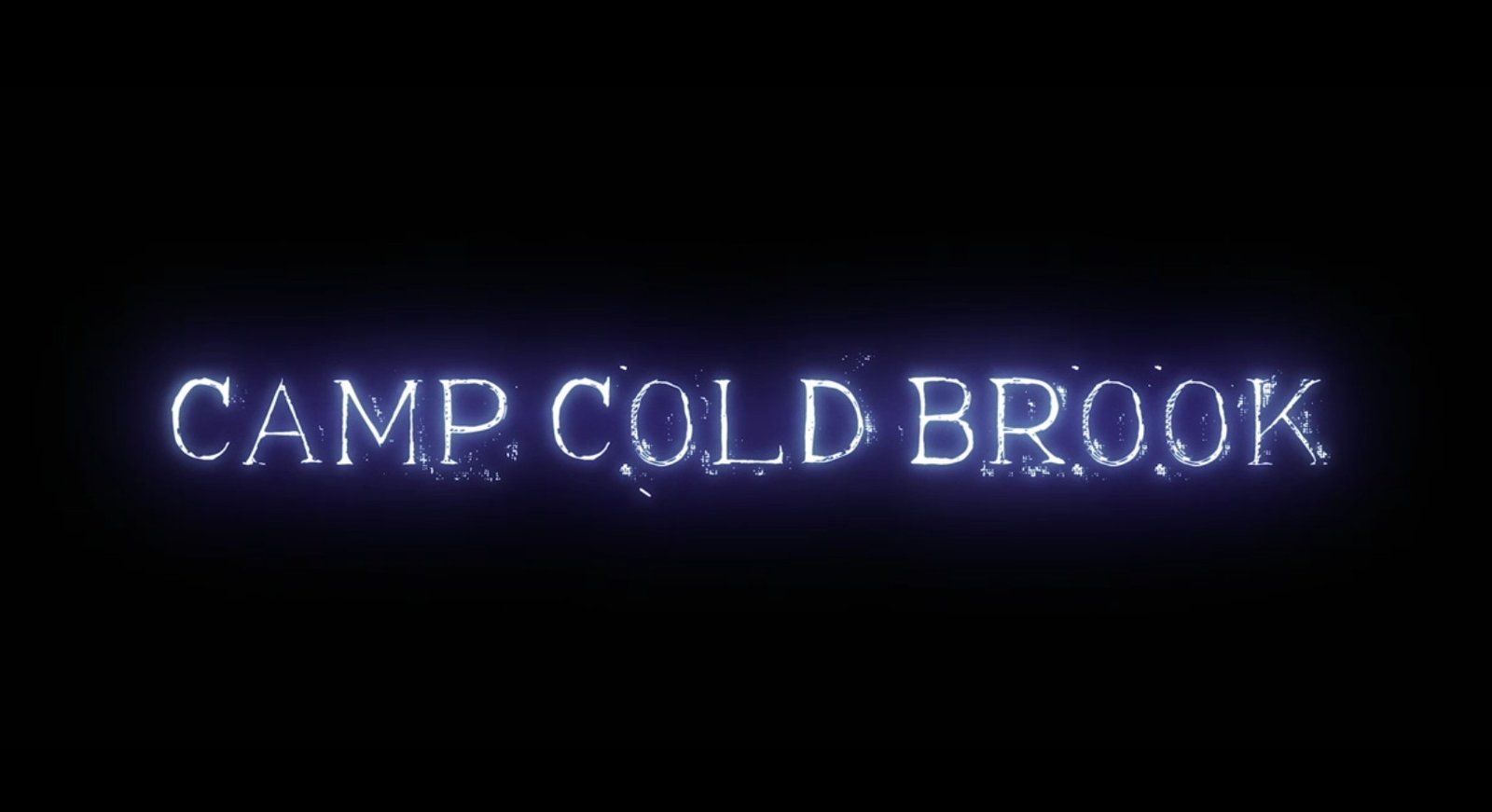Source: http://abcnews.go.com/

Last week I conducted the first scientific study to be carried out using the instant-messaging service Twitter, continuing a long tradition of using new communications technology to conduct mass-participation experiments.
The experiment examined remote viewing – the alleged psychic ability to “see” distant locations. From the 1970s to the 1990s, the US government spent millions of dollars researching this phenomenon, and some have claimed that the results supported its existence. I am deeply skeptical about paranormal abilities, but Twitter provided a great opportunity to conduct a large-scale public remote-viewing study.
I sent out a message on Twitter announcing the study. Over 7000 people signed up.
The first trial was an informal affair, and involved me traveling to a secret location and then sending out a “tweet” asking participants to tweet back their thoughts, feelings, impressions and images concerning my location.
In response people described grassy hills, concrete car parks and odd-shaped sculptures. Twenty minutes later, I sent a second tweet containing the address of a website that allowed everyone to view a photograph of the location (a weir). I also asked the participants to rate both their belief in the paranormal and the degree to which their thoughts matched the target.
More than 1000 people participated, with paranormal believers claiming high levels of correspondence between their thoughts and the actual location.
The formal part of the study, which took place over four days, tested both whether the group as a whole was psychic and whether believers outperformed disbelievers. On each day I traveled to a randomly selected location and asked everyone to send tweets describing their thoughts and impressions about the location.
In the judging phase, participants were presented with five photographs, one showing the location and four decoys, and asked to select the target. The photograph that received the most votes was taken as the group’s decision.
If the group were psychic, the majority would vote for the correct target. In the first trial I was looking up at a striking, modern-looking building. Unfortunately, the group voted for some woods.
On trial two I was sitting in the middle of a playground, but the group thought I was standing at the foot of a long stairway. The third trial found me under an unusual-looking canopy; the group voted for a graveyard.
On the final trial I stared intently at a red postbox. The group believed that I was standing at the side of a canal. In short, all four trials were misses.
When I analyzed believers and skeptics separately, the results were the same, with no difference between the groups.
So what did we learn? Well, the study didn’t support the existence of remote viewing and suggests that those who believe in the paranormal are simply good at finding illusory correspondences between their thoughts and a target – which is, maybe, why they believe in the first place.
No surprises there. So perhaps the most important outcome was to demonstrate that thousands of people are happy to take part in an instant Twitter study. Now it is up to scientists to find other interesting ways of harnessing this new research tool.




